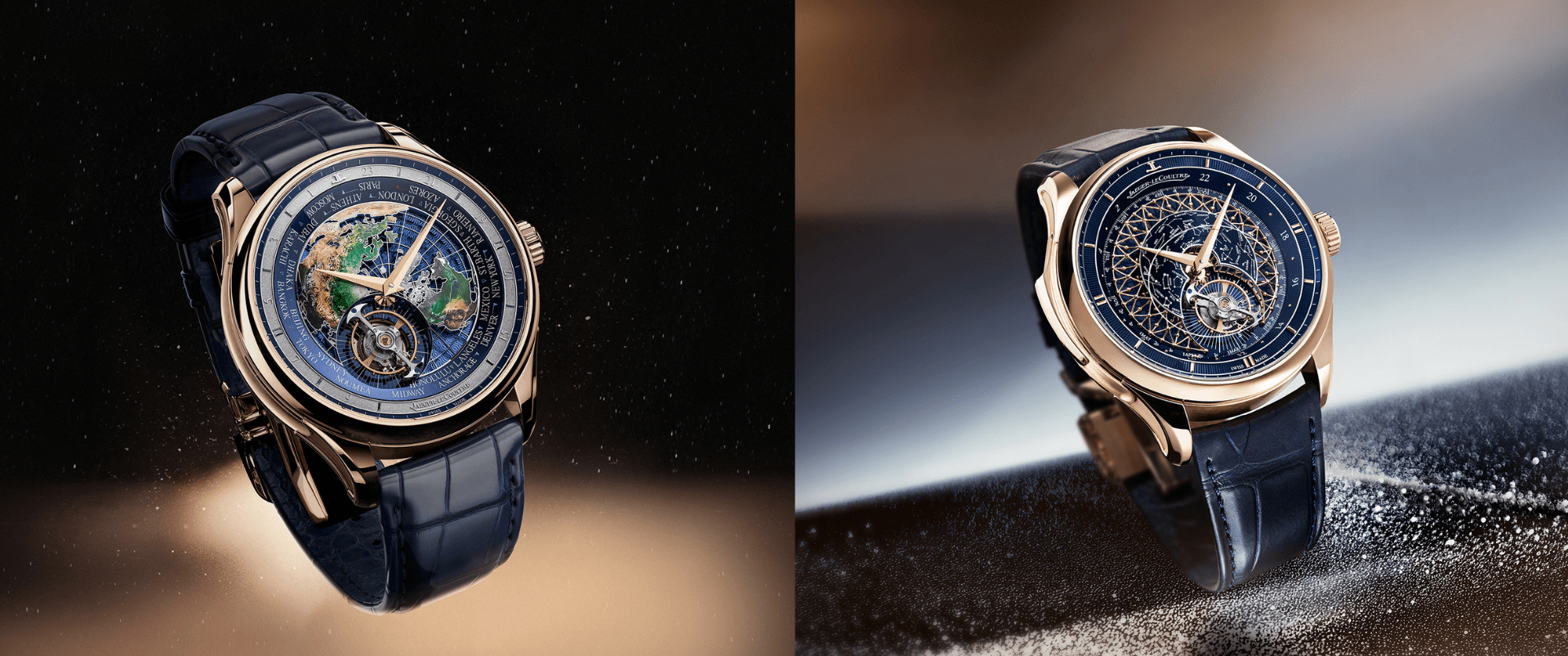Know Your Watches: What Is A Meteorite Dial?
Would you believe me if I told you that you can add a little piece of the moon to your wrist game? Does the thought of adding some celestial magic to your timepiece make you giddy with excitement? If so, then a meteorite dial watch might be the one for you. Meteorite dials have carved a niche in the world of luxury watches, offering a unique connection to the cosmos. These dials, crafted from fragments of real meteorites that have fallen to Earth, bring an extraordinary blend of rarity, beauty, and science to timepieces. They not only captivate collectors but also stand as a testament to the art of horology and the natural wonders of the universe.
What is a Meteorite Dial?
A meteorite dial is made from a slice of a meteorite, typically composed of iron-nickel alloys. These meteorites, remnants of celestial bodies like asteroids or comets, journey through space for millions of years before falling to Earth. The most commonly used meteorite in watchmaking is the Gibeon meteorite, which fell in Namibia, Africa, thousands of years ago.
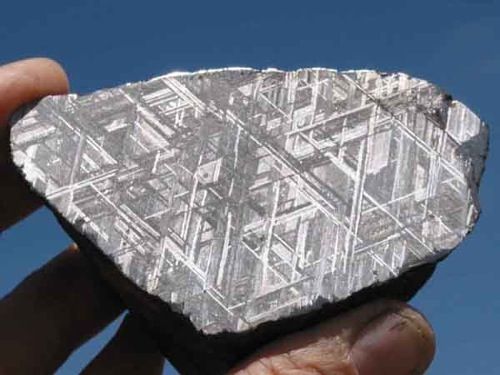
The defining feature of meteorite dials is the Widmanstätten pattern, a striking crystalline structure that appears on the surface of the meteorite once it is polished and treated. This pattern is created by the slow cooling of the iron-nickel core of the meteorite over millions of years in space, and it cannot be replicated artificially. The distinctive texture and pattern make each meteorite dial entirely unique, giving it a one-of-a-kind aesthetic.
How is it made?
Turning a meteorite into a watch dial is a meticulous process. It begins with sourcing the meteorite itself, which is then sliced into thin sections. These slices are carefully treated with an acid wash to reveal the Widmanstätten pattern. Watchmakers must take extreme care during this process, as meteorites are fragile, and any mistake can ruin the natural beauty of the material.

After the pattern is revealed, the slice is shaped into the specific dimensions of the watch dial. The dial may then be coated or treated further to enhance its durability. Depending on the watchmaker’s design, meteorite dials may remain natural or be plated with various finishes to complement the overall look of the timepiece.
Why are Meteorite Dials so special?
Meteorite dials hold a certain mystique due to their celestial origin. Wearing a piece of space on your wrist is a thrilling concept for many watch collectors, as it connects them to the vastness of the universe. The patterns on each meteorite dial are like fingerprints—completely individual, ensuring no two watches are ever the same. Moreover, the historical and scientific value of meteorites adds a layer of fascination. These meteorites are often billions of years old, predating Earth itself, and they offer a tangible link to the formation of our solar system. For many, this makes owning a meteorite-dialed watch feel like possessing a piece of ancient cosmic history.
Notable watches that use Meteorite Dials
Several luxury watch brands have embraced meteorite dials in their collections, often pairing them with high-end materials and intricate movements.
Rolex: Rolex is perhaps one of the most notable brands to use meteorite dials, offering them in models like the Day-Date, GMT-Master II, and Cosmograph Daytona. Rolex’s meteorite dials are known for their subtle elegance, allowing the natural beauty of the Widmanstätten pattern to shine through. These dials are often paired with precious metals like platinum or gold, enhancing the luxurious appeal.
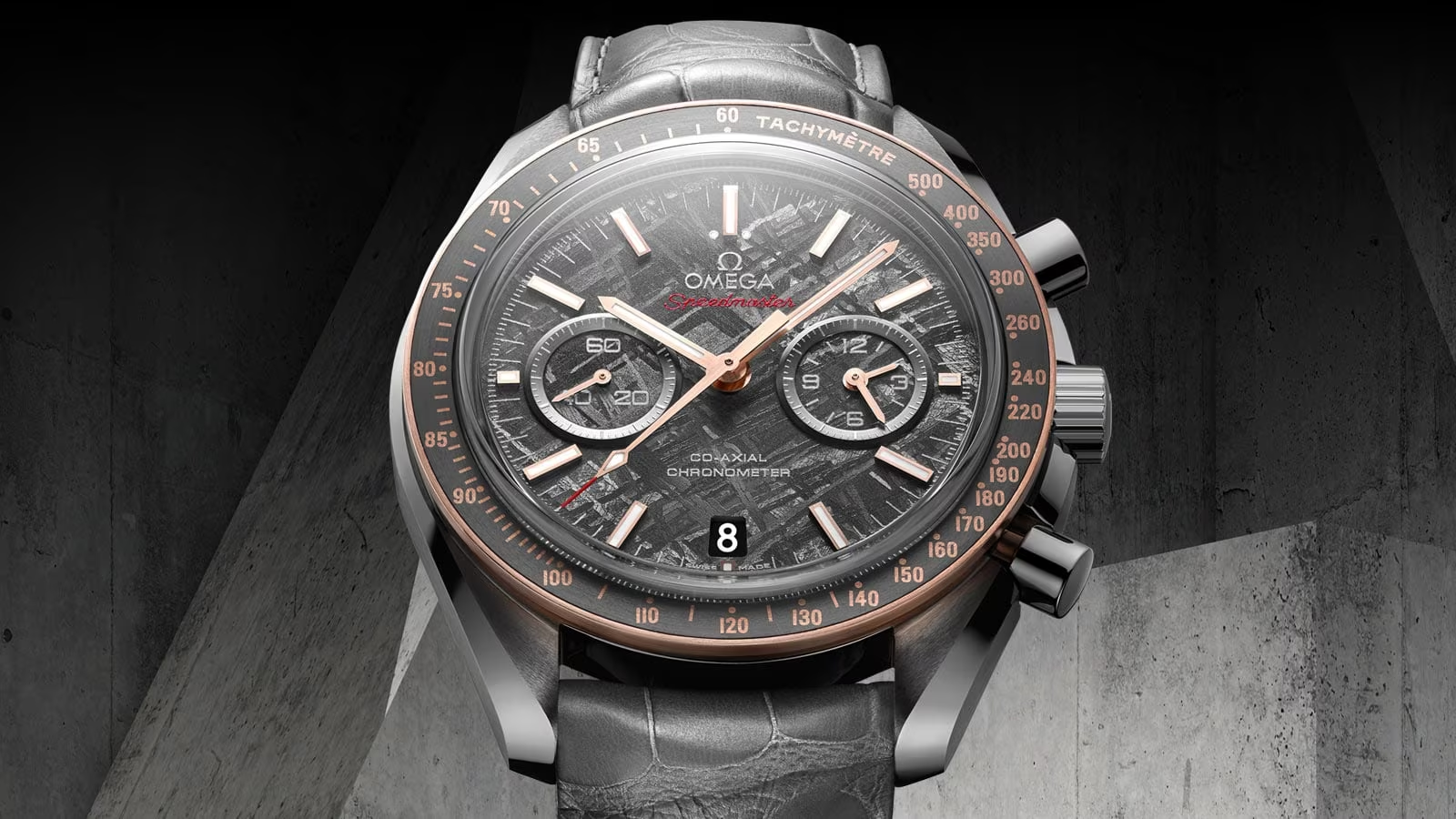
Louis Moinet: An independent watchmaking brand known for its innovative use of celestial objects via its Cosmic Art collection, the Black Moon introduces a new concept for an astronomical moon. The full moon and new moon, represented by two lunar meteorites coming from two separate rocks, are placed on a domed central disc- a first in watchmaking!
Omega: Omega’s Speedmaster Professional “Moonwatch” features a meteorite dial that emphasizes the watch’s connection to space exploration. The moon landings and Omega’s role in NASA missions make the use of a meteorite dial particularly symbolic, reinforcing the watch’s celestial theme.
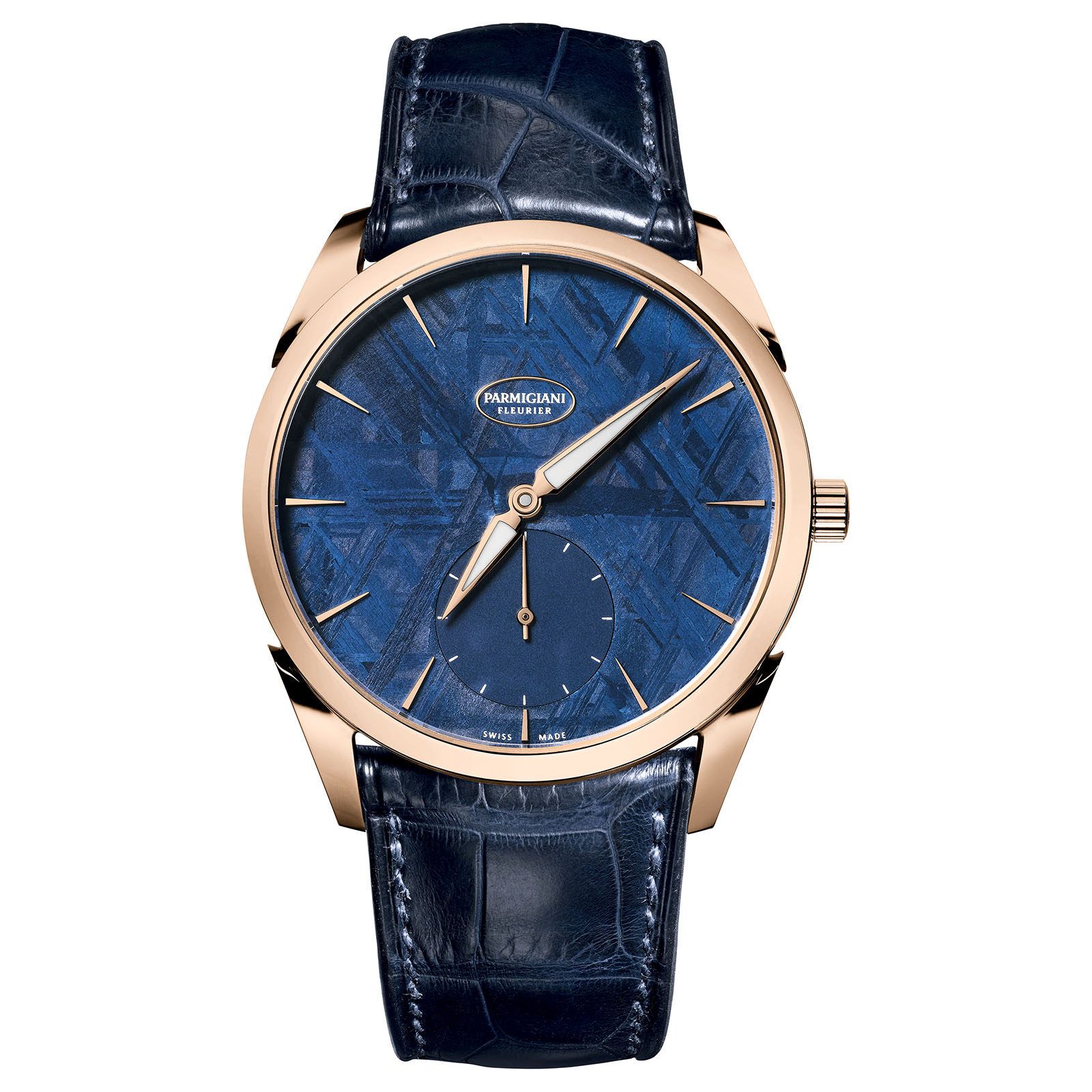
Parmigiani Fleurier: Parmigiani Fleurier’s Tonda 1950 Meteorite Special Edition showcases the brand’s attention to detail and refinement. Their meteorite dials are understated yet captivating, offering a more subtle approach to this extraordinary material.
Challenges and Considerations
While meteorite dials are undoubtedly beautiful, they come with certain challenges. Meteorites are delicate and prone to oxidation, which can cause the dial to tarnish over time. To counter this, many watchmakers apply protective coatings or finishes to preserve the dial’s appearance. Additionally, working with meteorite requires precision and care, as the material can be brittle and difficult to shape.
From a cost perspective, watches with meteorite dials tend to be on the higher end due to the rarity of the material and the labor-intensive process involved in crafting these dials. However, for many collectors, the allure of owning a piece of space justifies the investment.
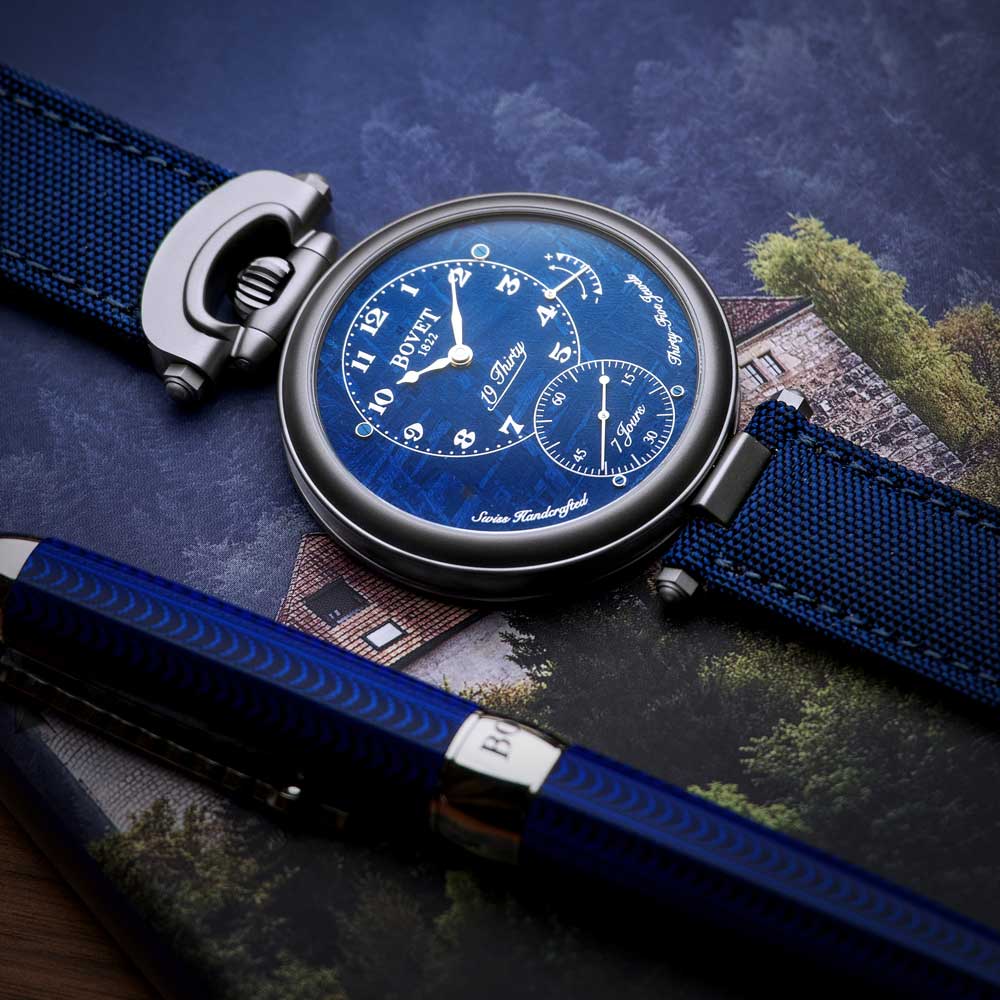
Meteorite dials add a touch of cosmic wonder to the world of watchmaking, transforming timepieces into not just instruments of time but also symbols of human curiosity and exploration. The intricate Widmanstätten patterns, billions of years old, remind us of the universe's grand scale and history. As more brands embrace meteorite dials, these watches continue to be highly coveted, offering a truly celestial experience for those fortunate enough to wear one.
No articles found



